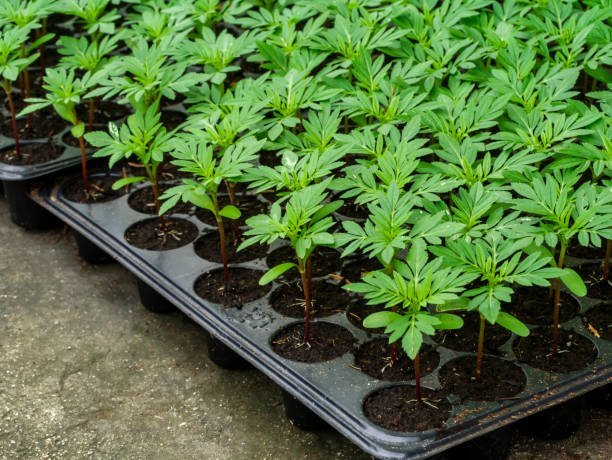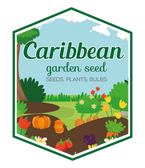
The Ultimate Guide to February Planting
Although the weather may be gloomy, it is the perfect time to begin planting. In fact, certain vegetables thrive when planted early. Here are my top recommendations for the most suitable vegetables to plant at this time.
To initiate your garden planning process, some regions with warmer climates may allow for the sowing of vegetable seeds outdoors.
For cooler areas, Take full advantage of February by planting tomatoes and peppers. Plan your garden now for a bountiful assortment of vegetables. During late February, you can easily sow various cool weather crops directly in the garden.
According to your Hardiness Zone, February is a great time to start planting a variety of flowers, vegetables, and herbs. While those in Northern states may still need to wait to start their transplants indoors, those in warmer Southern states can begin planting now.
For those residing in Zones 7-10, finding a fast-growing Broccoli variety will allow for a longer harvest season before it bolts in the hot summer sun. De Cicco is a recommended variety for this region.
For winter months in any Zone, growing herbs indoors is a highly popular choice. Some of the recommended heat-loving Herbs are Italian Basil, Greek Oregano, French Thyme, and Broadleaf Sage. These varieties, ranging from Zones 3-10, are sure to thrive in your indoor garden.
In zones 7-10, consider planting a crop of salad mix greens that requires partial sun. This type of lettuce is ideal for spring crops but may become prone to bolting in the hot summer months. Suggested varieties include Buttercrunch, Mesclun Mix, and Black Seeded Simpson.
It is recommended that you begin planting onion seeds in Zones 7-10. These zones suit long-day onions, while short-day onions should be planted in Zones 3-6. Ensure the onion variety you choose is suitable for your climate. Consider Sweet White Walla Walla, Red Creole, Yellow Spanish, or Candy Hybrid varieties.
Expert Tip: For Zones 7-10, planting a variety of peppers can result in high yields. Consider starting seeds 8-10 weeks before your last frost date for the best results. Try different sizes, levels of spiciness, and colors such as red, green, and yellow. Recommended varieties include California Wonder, Early Jalapeno, Sweet Banana, and Super Chili.
Grow a variety of tomatoes every year to discover your preferred ones! Tomatoes can be found in various colors, shapes, flavors, and sizes, making them one of the most popular garden vegetables across Zones 7-10. For optimal results, start your seeds indoors 6-8 weeks before the last frost date. Recommended varieties include Brandywine, Cherokee Purple, Siberian, Roma, and Heirloom Blend.
Get a head start on your spring flowers garden with both annuals and perennials suitable for Zones 7-10. Consider the varying grow times for each variety so that they are ready to be planted after the last frost. Here are some recommended varieties to start in January if you live in Zone 7-10 and expect a last frost in March or April. Annuals: Zinnias, Marigolds, Geraniums; Perennials: Rudbeckias, Daisies, Poppies, Coneflowers.

![[Seeds] - Caribbeangardenseed](http://caribbeangardenseed.com/cdn/shop/files/gift-card-gift-card-1_1024x1024_dfa857db-9150-4315-a362-7f0bb3fb9c47_60x28.png?v=1722895789)